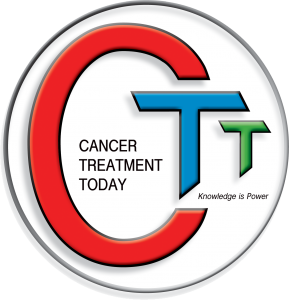Interferon for craniopharyngioma – pro
For craniophayrngioma there is literature on intratumoral injections. For systemic use, In a phase II trial, Jakacki et al (2000) used interferon alpha at a dose of 8 million U/m2 administered subcutaneously every day for a 16-week induction period and then the same dose 3 times/wk for 32 additional weeks in 15 patients with recurrent or progressive craniopharyngioma. [9] Although an objective radiographic response was seen in only 3 of 12 patients who were able to be evaluated, the time until radiation therapy was required was delayed in those patients. However, 60% experienced moderately severe toxicities (eg, hepatic, neurologic, cutaneous), but these were all reversible with discontinuation or dose reduction.The same group more recently has used a pegylated form of interferon alpha-2b, Sylantron, in a small series of 5 patients, further demonstrating the feasibility and possible efficacy of this approach. However, much more work remains to be done before it can routinely be used clinically.
Verma S, Quirt I, McCready D, Bak K, Charette M, Iscoe N, Melanoma Disease Site Group. Systemic adjuvant therapy for patients at high risk for recurrent melanoma: a clinical practice guideline. Toronto (ON): Cancer Care Ontario (CCO); 2005 Aug 30. 39 p. (Evidence-based series; no. 8-1). [61 references]
nccn.org melanoma, 2012 ME-9
Jakacki RI, Cohen BH, Jamison C, et al. Phase II evaluation of interferon-alpha-2a for progressive or recurrent craniopharyngiomas. J Neurosurg. 2000 Feb. 92(2):255-60.
Yeung JT, Pollack IF, Panigrahy A, Jakacki RI. Pegylated interferon-a-2b for children with recurrent craniopharyngioma. J Neurosurg Pediatr. 2012 Dec. 10(6):498-503.
